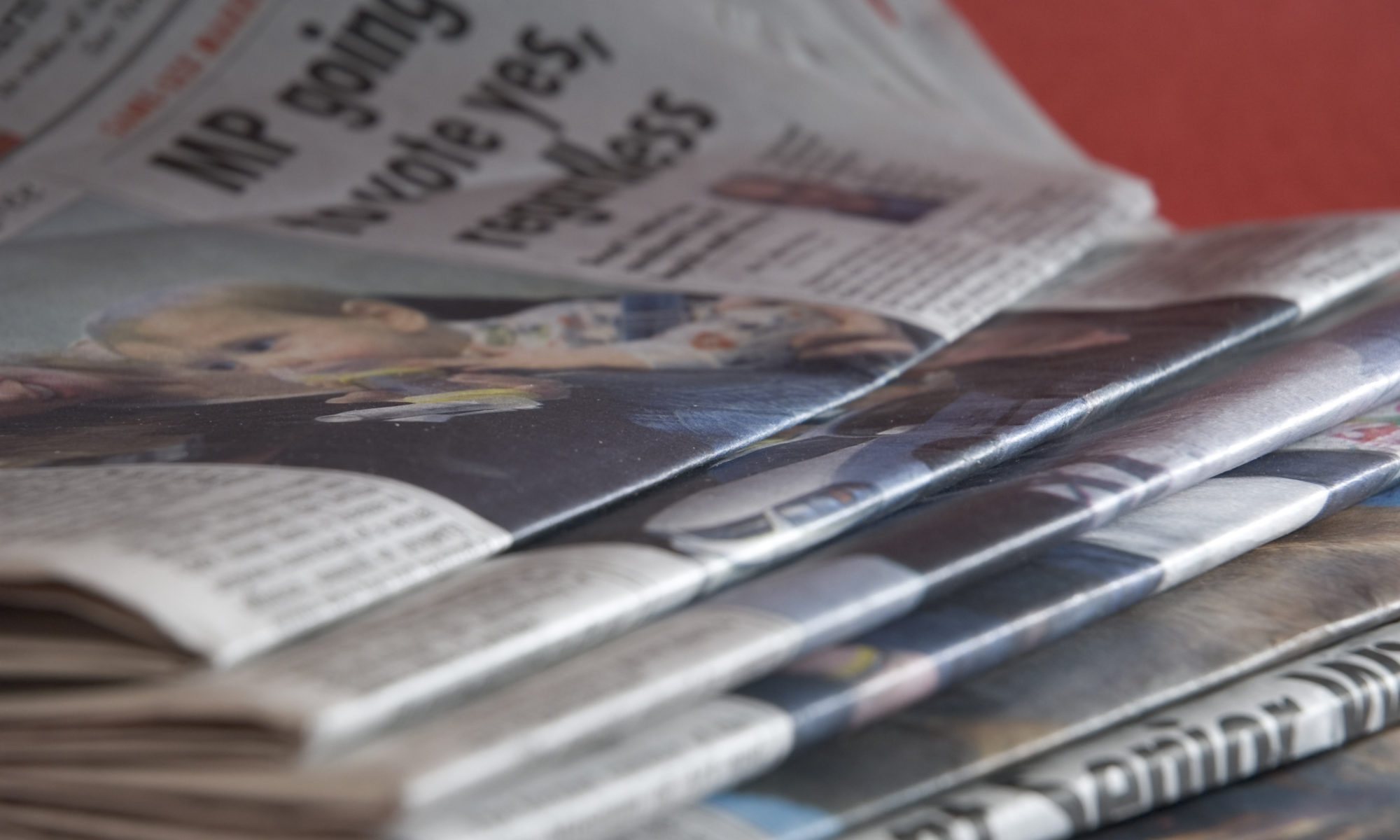(Originally written for Christian Music Broadcasters, February 2020)
I walked into the school gymnasium with my family. The room had been transformed into a food packing plant as Feed My Starving Children set up one of their mobile packing sites. We were signed up to volunteer to pack meals for families around the world. After a brief training and a presentation on how the food will be used, we stepped up to put in an hour or so packing bags of dried “Vitamins, Veggies, Soy, Rice”.
While I know the volunteer labor was appreciated, I couldn’t help but think about how much more efficient it would have been to automate the line, not rely on unskilled workers who put in 1-2 hour shifts, and use a centralized packing facility.
But the reason they used our time had nothing to do with efficiency and cheap labor. We had become a part of the story. We were invested.
It’s the same reason we pack shoe boxes each fall. Our money would go much further if we mailed in a check to a facility that could acquire toys and necessities at wholesale and ship them to kids around the world. But by packing a shoebox, we became a part of a Christmas story.
These organizations have found far more value in getting people actively engaged, than in streamlining their process.
When we allow our listeners to actively participate with us, they become a part of the story of our organization.
Our digital channels are a great place to be intentional about creating “active moments”.
My organization (Northwestern Media) has invested in creating ways for our listeners to engage with our stations in a more active way. From online prayer communities to service opportunities, we have created ways for our users to move from passive consumers to active participants with us. I think we understand that our digital platforms need to be more than just a content channel. But doing so can be messy and can take resources as we manage individual relationships.
Is having actively engaged listeners worth the cost required to manage those users and platforms?
The great thing about digital, is that we have a lot of data! So I dug into ours. Selfishly I wanted to prove that the projects I’m working on lifted donor response. (I know! I’m not proud of that!). I looked at listeners who participated in some of our most active online initiatives, and compare them to listeners who had a more passive relationship with our station.
Our most engaged digital users are 30% more likely to be station donors than our passive listeners.
That had me excited. I was prepared to prove that investing in active listener engagement on our digital channels would lead to increased revenue (so… invest more in digital… my area… right?)
Then I made the mistake of interviewing some of our listeners to dig into this a little more. I was quickly humbled.
When asking donors why they gave, none of them mentioned the prayer community, or the social media channels, or the community volunteering app we had put together. Even though they had all participated in at least one of them. They all spoke about the message, the values, and reflected the core mission and vision of the radio station.
I learned that donations weren’t a result of a highly engaged user. They were a symptom. Donor activity was one of many ways our listener were taking an active role with the station.
Other non-profits have found similar trends. In a study on donor loyalty, Adrian Sargeant and Elaine Jay looked at 20,000 donors to a variety of organizations. They categorized donors as being active or passive in their relationships with the non-profits. Unsurprisingly, it was the active donors who made up the more sacrificial and reliable portion of an organization’s donor rolls.
Loyalty comes from active participation with an organization. Organizations who actively allow their constituents to participate, will see increased participation in many areas.
The fundraisers among us know the value of taking a donor on a missions trip. Or, allowing a donor to volunteer in our call-centers or events. When they turn thoughts into action, they become more invested in the station.
Creating opportunities for your listener to actively participate with the station, will increase the likelihood that she will participate in other ways. Including donor funding.
- Be intentional about responding to questions or comments that come in on your social media channels.
- Build online communities around initiatives your station is doing.
- Use your digital channels to facilitate real-world action (Volunteering, Drive-thru Difference)
- Embrace the messiness and inefficiency of allowing your donors and listeners to participate in the work you are doing.
Our listeners don’t give because they are actively participating with us. They give because they believe in our organization and feel connected to its mission. Give them more opportunities to connect.



 With growing options in media consumption, even in the audio space, radio still plays a big part in the lives of American consumers.
With growing options in media consumption, even in the audio space, radio still plays a big part in the lives of American consumers.